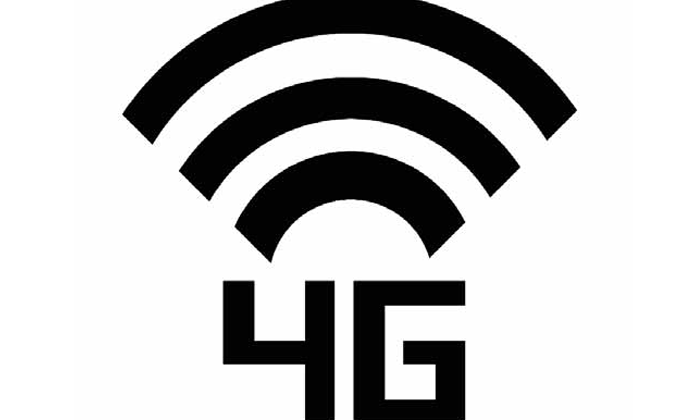While the country is celebrating the launch of 4G services by Airtel in Kolkata and Bangalore, the latest study by Pyramid Research reveals that it will not have any major impact on the country’s telecom ecosystem. Since there aren’t too many 4G-capable smartphones available in the market yet, the carrier has started offering the service through dongle and WiFi gateways. For the time being, however, the service seems to be targeted at a niche segment, with Airtel’s 4G dongle being priced four times that of the 3G dongle. While testing a 4G dongle, I got signal strength of –71dBm, which is better than the 3G signals of many operators. So far, these speeds look impressive, although it has to be borne in mind that once the new networks are clogged up with thousands of users, they are bound to slow down. But compared with 3G coverage, which is still annoyingly patchy – at most times of the day my 3G dongle only gets a slow EDGE connection – the 4G revolution promises to make a big difference.
Now I can already hear the purists shouting that the speed we are currently getting is not “real 4G”. Th ey will point to the standards set out by the International Telecoms Union for the next generation of mobile networks and claim they do not match up. But I think most people will be more concerned to know what the new service promises and how soon it will be available for mass consumption. There are quite a few other questions that potential 4G customers are continuing to ask about their 3G and 4G smartphones and tablets though. Most wonder if this technology is necessary to upgrade to, or is it simply a buzzword. For those who want a high-speed communication service, the answer is yes. Not all areas in the pilot circles are receiving 4G coverage quite yet, due to the complexity of creating such a network. So, for those with 3G devices that tend to have a patchy connection, 4G will most likely not solve their woes immediately. It is also not an absolute necessity for those that stick to simple text messaging and generic phone calls. These speeds are put in place for customers who are looking to use this service for streaming videos, surfing the web, and other features that require the exchange of large amounts of data over a network.
What is interesting is that 4G services are being launched within a year of the launch of 3G services. The operators are still facing issues of content availability, spectrum availability and tariffs, among others, further hindering the growth of 3G in the country. Th e report by Pyramid Research projects a considerable rise in the uptake of 3G subscribers from 2015 to 2017 and, expects the total base of 3G and 4G subscribers to grow at a CAGR of 54.8 percent from 2012 to 2017, reaching 520.2 million. Now, when advertisers say 4G, every customer should know exactly what they are talking about – 4G is the technology that has come to revolutionise the mobile industry forever. As phone manufacturers and service providers expand their offerings of 4G devices and networks, customers can now purchase with confidence.


